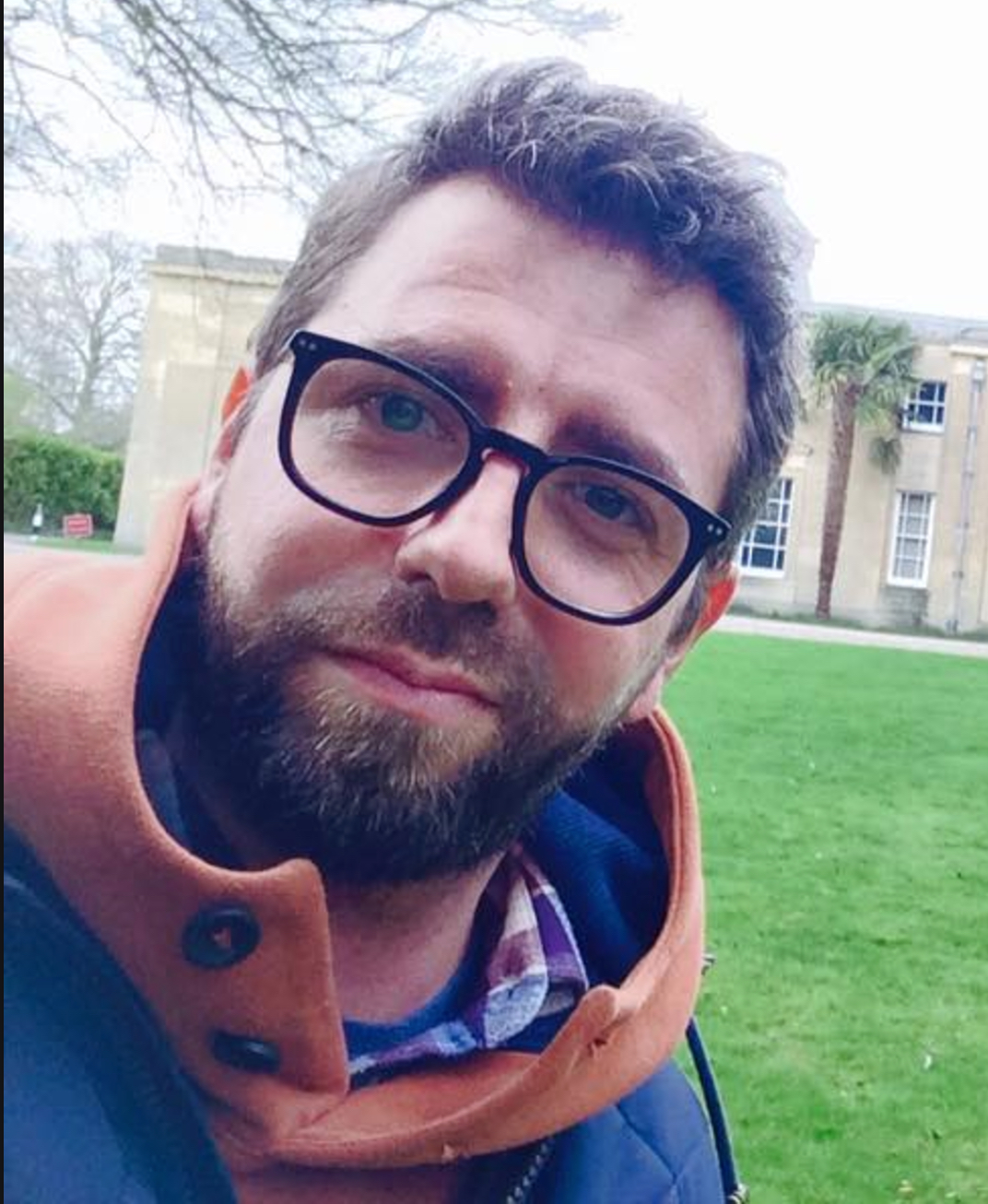Marton Gábor - Gaia
Gaia contributors
Gaia was proposed in 1993 and since then, many people have been involved in the Gaia mission, whether at ESA, at industry side or at one of the institutes involved in the Gaia data processing. The Gaia Data Processing and Analysis Consortium (DPAC) is a collaboration which consists of around 450 scientists and engineers.
The list of Gaia contributors presented here should not be considered a complete representation of the entire consortium and should not be considered as a list of currenly active people on the Gaia mission. A more complete list of Gaia contributors that were involved in the creation of the Gaia catalogues can be obtained from the author lists of the Gaia Collaboration overview papers (for Gaia Data Release 1 see here, for Gaia Data Release 2 see here, for Gaia Early Data Release 3 see here, for the full Gaia Data Release 3 see here, for Gaia Focused Product Release see here). A history of contributions to the Gaia mission can be found from the acknowledgements given with each data release.
Gaia DPAC members who wish to be featured on these pages can contact the Gaia Helpdesk. Anyone who wishes to be removed from this website can contact the Gaia Helpdesk.
 |
Gábor Marton Konkoly Observatory (Hungary) |
|
Gábor Marton studied astronomy in Budapest, Hungary and graduated from Eötvös Loránd University in 2008. In 2014 he finished his PhD about the connection of large scales bubbles of the interstellar medium and the star formation processes. Gábor has joined Gaia CU5 with the primary goal of improving the Gaia Science Alerts system. The main tasks involve improving the detection algorithms and classifying the sources via machine learning techniques. Apart from Gaia, he was deeply involved in the ESA Herschel mission as a member of the PACS ICC, and leader of the Herschel/PACS Point Source Catalogue legacy project. His scientific interests include source classification with machine learning, analysis of the infrared extended emission and the connection between ISM complexity and star formation efficiency. He is also part of the EU-funded H2020 solar system project, Small Bodies Near And Far (SNBAF). [Published: 20/06/2017] |
|
- Removed a total of (2) style text-align:center;
- Removed a total of (1) style text-align:justify;
- Removed a total of (1) border attribute.
- Removed a total of (1) cellpadding attribute.
- Removed a total of (1) cellspacing attribute.
Gaia people archive
- Removed a total of (1) style overflow:auto;
- Removed a total of (2) border attribute.
- Removed a total of (2) cellpadding attribute.
- Removed a total of (2) cellspacing attribute.








































 Sign in
Sign in
 Science & Technology
Science & Technology

